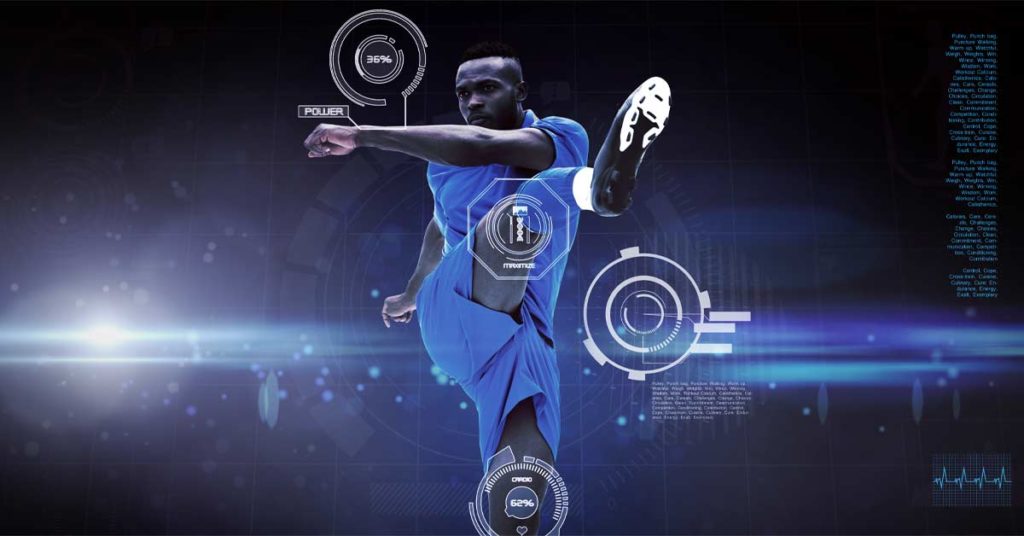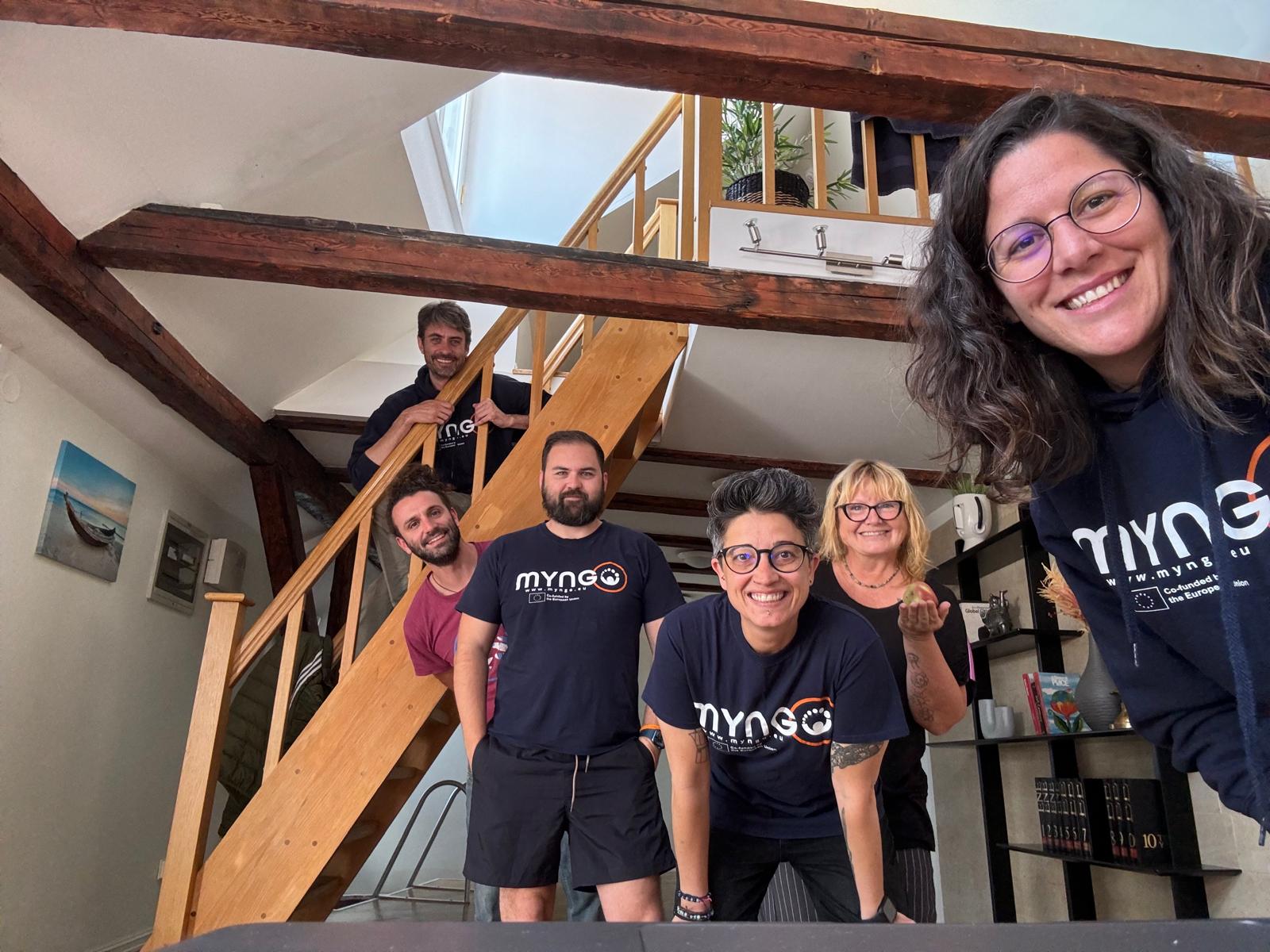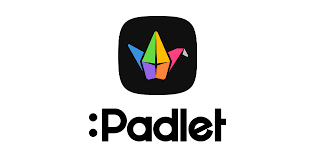Conflict in sport is a common occurrence that can arise between athletes, coaches, management, and fans. It can be a result of differing opinions, competitive nature, or personal differences. The conflicts can lead to disputes, negative emotions, and impact the overall performance of the individuals and the team. To manage such conflicts, online digital tools have been developed that can aid in the resolution of these conflicts.
Digital tools have revolutionised the way people communicate and interact with each other. In the context of sports, digital tools can provide a platform for athletes, coaches, and management to communicate, collaborate, and resolve conflicts effectively. These tools can be used to gather and analyse data, provide feedback, and share information in real-time. The digital tools can be integrated with other technologies such as wearables, cameras, and software to create a comprehensive system that can aid in conflict resolution in sports.
Digital tools can be combined to create a comprehensive conflict resolution system that can aid in conflict management in sports. For instance, a team’s communication platform can be integrated with video analysis software to provide real-time feedback to athletes and coaches during training sessions. The feedback can be used to identify areas of improvement, resolve conflicts, and optimise performance. Similarly, social media platforms can be used to connect fans and athletes, provide updates, and resolve conflicts in a transparent manner.
Online tools can be used to manage conflicts in sports effectively. These tools can provide a platform for individuals to voice their concerns, communicate effectively, and resolve disputes amicably. For instance, chatbots can be used to provide support to athletes and fans during conflict resolution. The chatbots can provide information, offer guidance, and facilitate communication between the parties involved in the conflict. Similarly, online forums can be used to create a community where individuals can share their experiences, provide support, and resolve conflicts.
There are numerous digital tools that can be used to manage conflicts in sports. One such tool is TeamSnap (https://www.teamsnap.com), a communication platform that allows coaches and athletes to share schedules, track attendance, and communicate with each other. Social media platforms such as Twitter and Facebook can be used to connect fans and athletes, provide updates, and resolve conflicts.
Here are some more examples of how digital tools, including wellness apps, can be used to aid conflict in sport:
- Virtual Reality Training: Virtual reality technology is being increasingly used in sports training to provide a safe and immersive environment for athletes to practice their skills. VR technology can also be used to simulate scenarios where conflict may arise, such as a high-pressure game situation. Athletes can practice resolving conflicts using communication and problem-solving skills in a virtual setting before applying those skills in real-life situations.
- Wellness Apps: The use of wellness apps has become increasingly popular to help monitor mental and physical health. Apps like Headspace (https://www.headspace.com) and Calm (https://www.calm.com)can be used to help athletes manage stress, anxiety, and other mental health issues that can lead to conflicts. By promoting mindfulness and emotional regulation, wellness apps can help athletes approach conflicts in a more constructive manner.
- Data Analysis: The use of data analysis tools can help coaches and athletes identify patterns in their performance and behaviour that may contribute to conflicts. For example, wearable technology can track an athlete’s heart rate and sleep patterns, which can reveal whether they are experiencing stress or fatigue that may lead to conflicts. By identifying these factors, coaches and athletes can take proactive steps to prevent conflicts from arising.
- Online Conflict Resolution Platforms: There are several online platforms that are designed to help individuals resolve conflicts in a neutral and impartial manner. These platforms can be used by athletes, coaches, and administrators to facilitate discussions and negotiate solutions to conflicts. Examples of such platforms include Kialo Edu (https://www.kialo-edu.com) and OpenIDEO (https://www.openideo.com)
- Communication Tools: Communication tools such as Slack, Trello, and Asana can be used by coaches and athletes to communicate and collaborate effectively. These tools can help prevent misunderstandings and miscommunications that can lead to conflicts. By promoting transparency and accountability, communication tools can help build trust and prevent conflicts from escalating.
- Virtual Training and Workshops: Virtual training and workshops using digital tools such as Zoom, Google Meet, or Microsoft Teams can be a great way to educate young people on conflict resolution and communication skills. These tools can be used to provide interactive and engaging training sessions where young people can learn how to identify and manage conflicts in a safe and supportive environment.
- Online Coaching and Mentoring: Digital tools can also be used to provide coaching and mentoring to young athletes. This can include providing guidance on how to communicate effectively, manage emotions, and resolve conflicts. Tools such as Skype or WhatsApp can be used to provide remote coaching and support to young athletes who may not have access to in-person coaching.
Research has shown that digital tools can aid in conflict resolution in sports. A study by The Sport Journal (https://thesportjournal.org) found that digital tools can facilitate communication between athletes and coaches, enhance collaboration, and improve performance. Similarly, a study by The International Journal of Sports Science and Coaching (https://journals.sagepub.com/home/spo)found that online forums can be used to provide a platform for individuals to share their experiences, provide support, and resolve conflicts.
Conflict in sport can have negative consequences for athletes, coaches, and fans. To manage such conflicts, digital tools have been developed that can aid in conflict resolution. These tools can provide a platform for individuals to voice their concerns, communicate effectively, and resolve disputes amicably. The digital tools can be integrated with other technologies such as wearables, cameras, and software to create a comprehensive system that can aid in conflict resolution in sports. Therefore, digital tools have the potential to revolutionise the way conflicts are managed in sports.
In summary, the use of digital tools and wellness apps can aid in conflict resolution in sports by promoting mindfulness, data analysis, communication, and collaboration. By using these tools, coaches and athletes can identify and address potential conflicts proactively, resulting in more harmonious team dynamics and improved performance.






